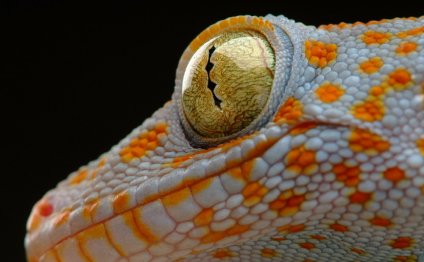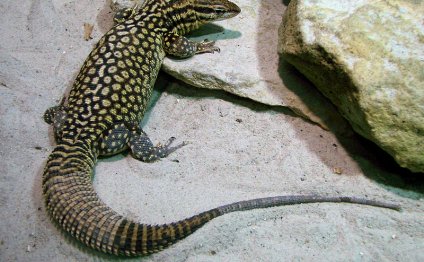
Beginner pet snakes
 5 Worst Beginner Snakes
5 Worst Beginner Snakes
Snakes are, in general, very easy to care for. However, some species are so large or so naturally defensive that they make terrible choices for beginners, even though they are commonly sold.
Many of the snakes on this list make fine pets for those dedicated enough to care for them properly, and not release them into the wild when they become problematic.
Any snake can bite, and unless you’re experienced with them you are likely to accidentally encourage a bite. Certain species need very little encouragement to strike defensively.
Any species over 5’ should be handled by more than one person. This helps ensure the snake doesn’t get away from the handler, and if it does end up biting the other person is there to help.
Most of these snakes also cost quite a lot of money for a large enclosure. Since these animals live a long time (20+) years, you must be sure that you’ll be able to care for them. Large snakes are a much larger responsibility than a cat or a dog.
Learn about the 5 BEST beginner snakes here:
TOP 5 WORST BEGINNER SNAKES
1. Red Tailed Boa (Boa sp.)
Red tailed boas are actually pretty easy to care for, but their large size makes them unacceptable for first time owners.
- Cost of snake 0
- Tank 0
- Substrate
- Decor
- Heating
- Food a month
 Total cost: 0
Total cost: 0
Red tailed boas, (BCC, BCI) get very large, between 8-10 feet. They require an enclosure at least 2/3rds of their length and eat full grown guinea pigs and small rabbits as adults. When purchased young, they are pretty easy to handle and are for. They are generally very tame and eat prekilled foods well. But, because of their large size, they aren’t safe for a beginner to handle alone and there are many mistakes a beginner would probably make while dealing with them. Their price tag also turns people off to keeping them through adulthood. I can’t tell you how many people I’ve heard tell me they gave their boa away because it “got too big”. That is totally unacceptable.
Care sheet:
2. Green Tree Python (Morelia viridis)
Not to be confused with Emerald Tree Boas (though they are also delicate) these snakes require special caging, should almost never be handled, and neonates can easily be injured.
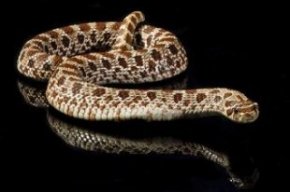 Total cost: 8
Total cost: 8
GTPs are a beautiful species from New Guinea and Australia. But they are sensitive to heat and humidity, and are almost always defensive. They should not be held often, if at all. Hatchlings have a very delicate spine, and if forcefully removed from a perch you can actually injure it. They have huge teeth proportionally, and a bite will draw a lot of blood. Without experience handling snakes, you are very likely to trigger a strike, if not a bite.
3. African Rock Python (Python sebae)*
- Cost of snake $100
- Enclosure $3, 000
- Decor $50
- Heating $60
- Food $20-$30 every other month
Total cost: $3, 230
African Rocks are one of the top 3 largest snakes in the world, and potentially the longest. They require huge enclosures (10’ or larger) and eat large rabbits, lambs, pigs, and small deer. They also tend to be defensive animals, many never tame down and strike every time they are handled. This makes them dangerous unless you are very experienced, have more than one person around, and a understanding of these particular snakes. Their care itself is simple but handling and feeding these reptiles should only be conducted by an advanced keeper.
 These snakes, while defensive, are not mindless killing machines and or a menace. They are simply animals behaving naturally and should not be condemned because of this. There are dedicated enthusiasts who are perfectly capable of caring for these animals but they are never a choice for beginners.
These snakes, while defensive, are not mindless killing machines and or a menace. They are simply animals behaving naturally and should not be condemned because of this. There are dedicated enthusiasts who are perfectly capable of caring for these animals but they are never a choice for beginners.
4. Burmese Pythons (Python morulus bivittatus) and Reticulated Pythons (Python reticulatus)
Two of the largest snakes in the world, while tame and beautiful, get too large for any beginner.
- Cost of snake $95-$200
Total cost: $3, 225-$3, 340
These large snakes are generally peaceful, eat well, and absolutely stunning. However, because of their size they cannot be a choice for a beginner, similar to large boas. They need moderate humidity and aren’t feed weekly, or even monthly. Adults may need 6 or more people to transport or handle them.
Care sheets, Burm: Retic:
5. Venomous Snakes
This one kind of goes without saying, but venomous snakes are terrible for beginners.
Not going to go through the cost of various snakes, because there are so many. In general, they aren’t too terribly expensive but they should only even be slightly considered by highly advanced keepers with years of experience and the right motives for wanting to own them. Hots can be deadly when handled incorrectly. This can mean a mistake as simple as looking away for a few seconds. Never ever should a venomous snake be considered for a beginner. (With the possible exception of rear fanged venomous snakes)
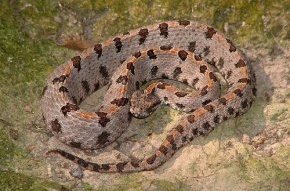
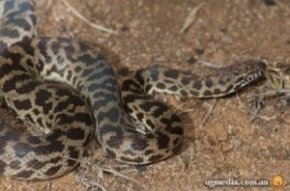
RELATED VIDEO

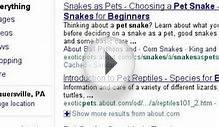

Share this Post
Related posts
Colorful lizard
A very large species of chameleon that is endemic to forests in eastern and northern Madagascar. They reach up to 68 cm (27…
Read MoreGreen pet snakes
By Leo Spinner Patrick Coin/Wikipedia Rough Green Snake (Opheodrys aestivus) Availability The rough green snake is readily…
Read More

